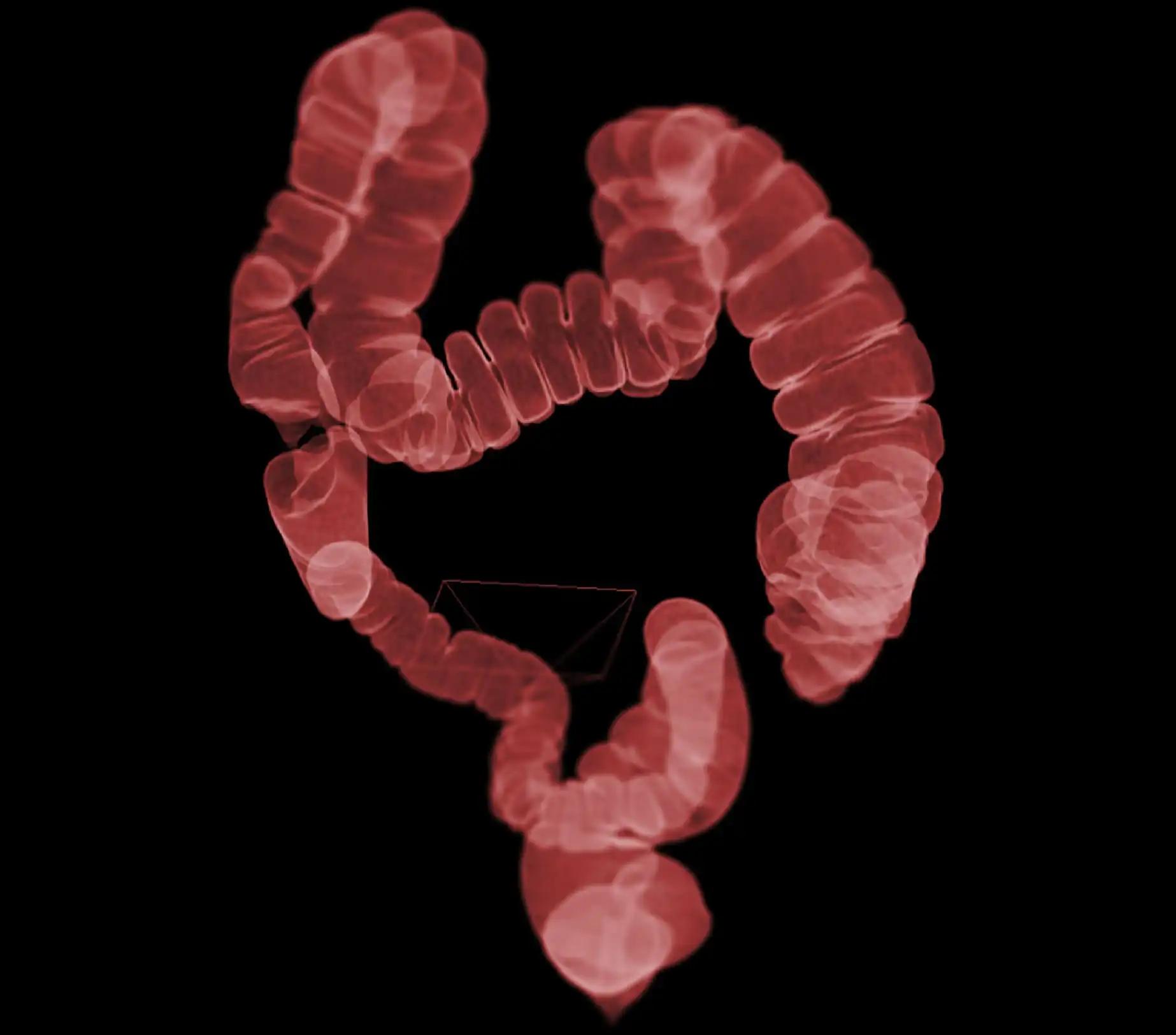KEY TAKEAWAYS
- The study aimed to investigate the impact of adding ramucirumab to trifluridin/tipiracil in heavily pretreated mCRC.
- The primary endpoint was to determine OS and the secondary endpoints were DCR, PFS and safety.
- Researchers noted that ramucirumab improved survival in select heavily pretreated patients with mCRC, indicating the need for personalized treatment.
Patients with chemotherapy-refractory metastatic colorectal cancer (mCRC) face limited treatment options. Trifluridin/tipiracil (FTD/TPI) is a standard therapy for those who have progressed through 2 lines of combination treatments. Antiangiogenic agents are known to be effective in combination with other therapies for mCRC.
Stefan Kasper-Virchow and the team conducted a randomized phase III trial to evaluate the efficacy and safety of FTD/TPI with or without ramucirumab (ram) in patients with heavily pretreated mCRC.
They performed an inclusive analysis of patients with mCRC who had been previously treated with oxaliplatin, irinotecan, fluoropyrimidine, anti-EGFR antibodies (when indicated), and anti-angiogenics. These patients were randomized 1:1 to receive either trifluridin/tipiracil (35 mg/m² on days 1-5 and 8-12, every 4 weeks) with ram (8 mg/kg on days 1 and 15, every 4 weeks) (Arm A) or trifluridin/tipiracil alone (Arm B). The primary endpoint was overall survival (OS), while secondary endpoints included disease control rate (DCR), progression-free survival (PFS), and safety.
About 428 patients (213 in arm A and 215 in arm B) were enrolled at 43 centers in Germany from December 2018 to January 2023. The median age was 62 (range 25-90); 45.1% were female; 61.7% had RAS mutations, and 67.1% had left-sided tumors. A total of 62.6% of patients had received more than two prior treatments for mCRC.
In arm A, there were more treatment-related adverse events (TRAEs) of grade ≥3 (55.9% vs 36.8%; mainly hypertension and neutropenia) and more dose reductions of FTD/TPI (40.8% vs 24.2%). No new safety signals emerged.
The median overall survival (OS) was 7.46 months for arm A versus 7.06 months for arm B (HR 0.871; P=0.1941), indicating that the primary endpoint was not met. Median PFS was 2.37 months in arm A versus 2.07 months in arm B (HR 0.774; P=0.011). The DCR was higher in the ram/FTD-TPI arm (39.4% vs. 31.6%; P=0.0336). Interestingly, OS was improved with ram combination therapy in female patients (HR 0.712; P=0.0371) and those with left-sided tumors (HR 0.770; P=0.0469).
The study concluded that while the RAMTAS trial did not meet its primary endpoint of OS in the intention-to-treat population, adding ram to trifluridin/tipiracil selectively improved survival in heavily pretreated female patients and those with left-sided mCRC. These findings support the personalization of treatment decisions in patients with mCRC who have failed multiple lines of standard therapy.
The trial was sponsored by the Institut für Klinische Krebsforschung IKF GmbH at Krankenhaus Nordwest.
Source: https://cslide.ctimeetingtech.com/esmo2024/attendee/confcal/show/session/129
Clinical Trial: https://clinicaltrials.gov/study/NCT03520946
Hofheinz R.D, Virchow S.K, Stintzing S, et al. (2024). “Randomized phase III trial of ramucirumab in combination with TAS102 (Trifluridin/Tipiracil) vs. TAS102 monotherapy in heavily pretreated metastatic colorectal cancer: The RAMTAS/IKF643 trial of the German AIO (AIO-KRK-0316).” Presented at ESMO 2024 (Abstract LBA25).



